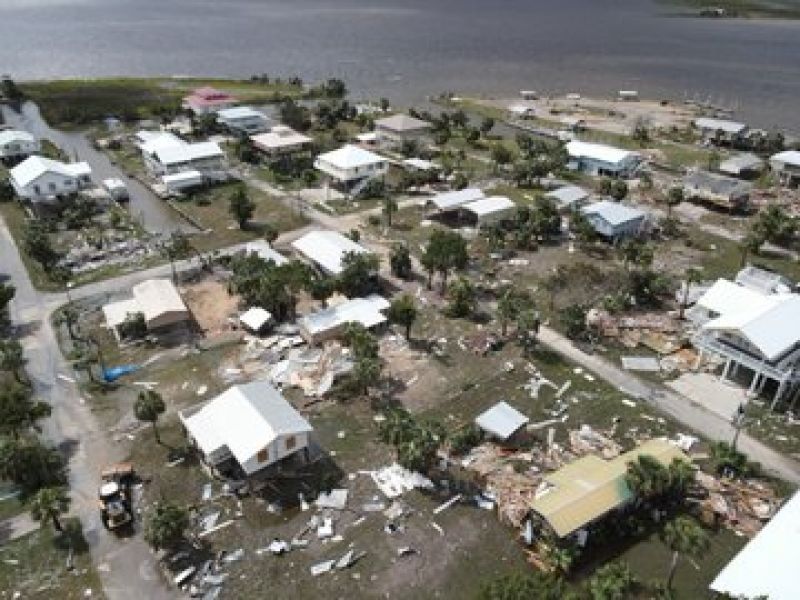
About 30 Counties in Florida were Advised to Evacuate their Homes
FLORIDA: The Cyclone Idalia continues to wreak havoc across four states in the United States, leaving a trail of destruction and disrupting lives in its wake. The storm, which initially struck Florida, has subsequently moved through Georgia, North Carolina, and South Carolina, leaving a grim toll of fatalities and unprecedented damage.
Tragedy struck on Wednesday as Cyclone Idalia claimed the lives of two individuals in Big Bend, Florida. The aftermath of the storm has led to widespread power outages, leaving approximately 450,000 households in Georgia and Florida without electricity. As the cyclone progressed, its intensity reduced from a Category 4 to a Category 3 hurricane, although wind speeds remained a formidable 200 kilometers per hour. This has prompted the cancellation of around 900 flights across the affected states, causing further disruptions to travel and transportation. With its forceful winds and torrential rains, Cyclone Idalia has left a lasting impact on the affected regions.
 Cyclone Idalia
Cyclone Idalia
According to meteorological experts, Cyclone Idalia has etched its place in history as one of the deadliest hurricanes in Florida's century-long records. The immense scale of the destruction it has caused has prompted the declaration of a state of emergency across all four affected states. Local authorities have been working tirelessly to provide assistance and ensure the safety of residents.
The New York Times reports extensive damage to power lines and infrastructure as a result of the cyclone's relentless onslaught. In addition, powerful winds have decimated local businesses and even ignited fires in some commercial areas. To preempt further casualties, residents in 30 counties in Florida were advised to evacuate their homes prior to the storm's landfall. In response to the crisis, an impressive deployment of 55,000 troops has been mobilized for relief and rescue operations.

Florida's Governor, Ron DeSantis, stressed the urgency of the relief efforts, highlighting that the full extent of the damage has not yet been comprehensively assessed. The present focus remains on providing aid and solace to the affected communities.
Notably, In a grim historical parallel, the last time Big Bend experienced a storm of this magnitude was in 1896 at Big Cedar Keys, claiming the lives of 70 individuals. The mayor of Big Bend expressed astonishment, noting that generations of his family had witnessed many storms, but none as catastrophic as Cyclone Idalia.














